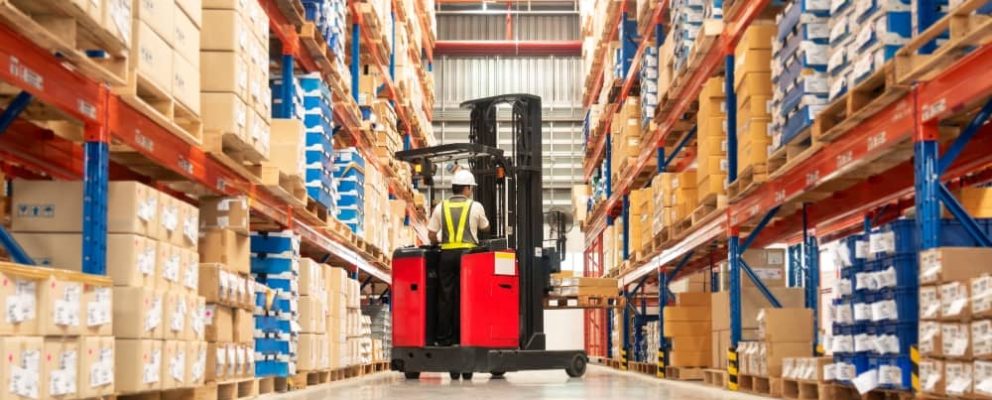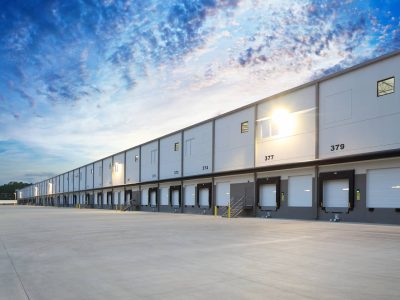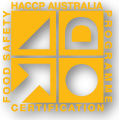To run a successful business, you must make sure your staff is satisfied. You should provide staff members with a friendly work environment and benefits that will keep them motivated. Furthermore, you should always make sure their work environment is safe.
If your employees are warehouse workers, the chances of injury increase, in comparison to other more prosaic work settings. Most work injuries are caused by hazardous manual handling of equipment or eventual mishaps, trips, or falls. With that in mind, you need to take steps to establish warehouse safety.
Unfortunately, many workers are quick to disregard safety procedures. Often this is because workers assume they know how to do their job properly and dismiss the possibility of injury. However, dangerous situations and injuries happen ‘out of the blue,’ and can result in serious harm. For that reason, as an employer, it is your job to remind your workers that warehouse safety is necessary and not an option.
By insisting that your workers follow safety procedures you are not only saving them from harm’s way, but you are also saving money. Workplace injuries usually involve an employee taking up to four weeks off work, which can be incredibly costly for business.
To protect your workers, as well as your business, we have created a warehouse safety checklist, covering tips to help prevent small to severe injuries in your warehouse. Keep in mind that these regulations should be reviewed regularly for safe warehousing and distribution operations.
What is Warehouse Safety?
Warehouse safety is a collection of instructions, guidelines, and practices that provide workers with a safe work environment, thus encouraging proper work behaviours. For sustainable operations, health and safety should always be a priority. Safe Work Australia (SWA) has stated that fatal injuries happen most in warehouses, compared to any other industries.
Warehouse Safety Rules
Here are key warehouse safety rules your business should abide by to establish and maintain a safe working environment for your warehouse employees:
Rule #1. Identify Existing and Potential Hazards
The first thing you should include on your warehouse safety checklist is identifying potential hazards. As you can imagine, warehouses are usually busy and crowded places and if you are not careful, incredibly dangerous. As every warehouse environment is different, there are no universal safety precautions. Therefore, your warehouse company will need to do its safety evaluations.
To ensure warehouse safety, carefully observe your warehouse setting and identify all potential hazards. Pay particular attention to equipment and areas such as forklifts, docks, and conveyor belts. Also, attend to steps and handrails (without having anything to grip your workers could trip and fall). Scan the floors to see if there are any loose cords or cords interfering with the walkway.
Once you have identified as many potential hazards as possible, you will need to take the appropriate measures to remove or reduce any dangers. Know that new hazards can also appear. For example, if you purchase new equipment you will need to train your staff and let them know of any potential risks involved with operation.
Regular evaluations and assessments are essential when providing ongoing safety for your warehouse employees.
Rule #2. Clear Walkways of Hazards
Pathways must always remain clear, as the most common causes of injuries take place here. This is simple to do, as you can tell your workers to report any obstacles they see in walkways and the like.
To establish proper warehouse safety, check around all your machinery to identify any hazards on the ground. These hazards can be cracked floors, spills, and chemical residue. If you see any hazards, restrict the area as soon as possible and place warehouse safety signs to ensure that your employees are aware of the danger. You will also need to get someone to make the area safe.
Rule #3. Use Safety Equipment and Gear
If any of your workers are operating heavy machinery, they must always wear protective gear. Additionally, you should teach your employees how to safely manage heavy machinery and the dangers associated with the inappropriate use of such machinery.
You should also add safety guards on all your heavy machinery, installing an emergency stop option.
Here are safety gear your employees should wear when operating heavy machinery:
- Protective glasses
- Hard hats
- Gloves
- Closed-toe shoes (preferably with steel toes)
- Earmuffs
Rule #4. Put Up Warehouse Safety Signs
Employees tend to forget or disregard safety rules and guidelines. Therefore, you need to be vigilant when it comes to safety reminders. You should install warehouse safety signs, specifically near any hazardous items or areas.
Such safety signs can remind workers to operate machinery with care and attention or wear safety equipment when operating heavy machinery.
Rule #5. Discuss Safety Guidelines With Workers
Even if you have installed safety signs, you will also need to communicate effectively with your staff about the potential risks and dangers within your warehouse workspace.
Inform workers of the warehouse hazards and conduct regular training about the safety procedures you have set in place, especially if you have recently installed new machinery. It is advisable to stay with your team throughout the training process. This way, you can observe how your workers are implementing the safety procedures they were taught.
You should be able to see if a worker lacks safety knowledge or is being inattentive. If you see a worker behaving in an unsafe way, talk to them privately about the risks of being negligent. By striving to provide a safe warehouse environment, you are helping protect the safety of your workers.
Rule #6. Implement Manual Lifting Techniques Training
When you run a warehouse, employees conduct manual labour tasks. Actions, such as lifting and moving heavy items can be incredibly strenuous, and if done for extended periods, may cause severe injuries.
Although such injuries are hard to prevent altogether, there are ways to minimise these risks. Firstly, hard manual labour should not be done by people who do not have the physical capabilities to safely complete such tasks.
Also, if you are expecting the delivery of a specific product or package that you know will be difficult to lift or carry, get the appropriate machinery ready in advance.
Rule #7. Provide Forklift Training
While incredibly useful and convenient, the forklift is one of the most dangerous pieces of equipment in the warehouse. Forklift collisions with other workers happen frequently and serious injuries usually result. Such injuries tend to demand long healing periods.
As such, pay particular attention to forklift training and ensure that all relevant workers know how to safely operate a forklift. Forklift training sessions should be regular and ongoing. Also, at times forklift equipment might be faulty. Ensure expert workers conduct regular checks to confirm that no part of the forklift (or the forklift itself) needs to be replaced.
Conclusion
The last point on your warehouse safety checklist should be to conduct regular safety reviews. To ensure that your workspace meets all the Australian safety standards, you must conduct regular warehouse safety checks and assessments. Machinery, along with the broader warehouse environment, can and will become run-down, so you must check for potential dangers on an ongoing basis. Also, if you make any changes to your warehouse or warehouse equipment, be sure to implement new or additional safety assessments.
Providing your workers with a safe working environment is a priority. By implementing the steps covered in this checklist, you can help protect the safety of your warehouse workers.






